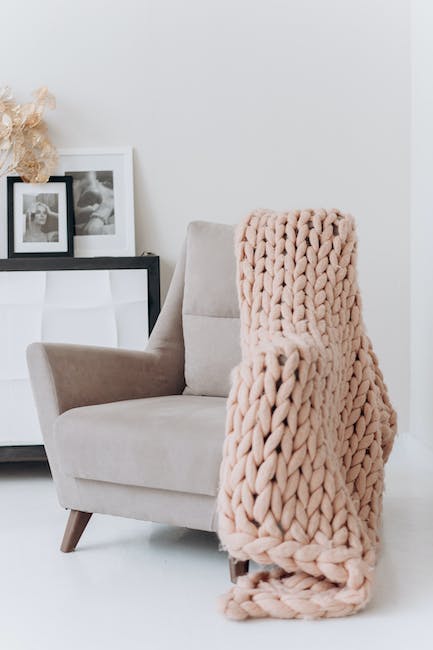The Psychology of Furniture: How Your Home Decor Influences Your Mood

Psychology of furniture is an intriguing field that examines the impact of our surroundings, especially our home decor, on our mood and overall well-being. At first blush this may seem farfetched but when taken into consideration makes perfect sense; after all we spend so much of our lives at home that the environment we create there could have an incredible influence over us.
Let’s begin with color – one of the key pillars of home decor. Different hues evoke different emotions and reactions – for instance blues and greens can evoke feelings of calm and relaxation, making them great choices for bedrooms or other places where you want to unwind. However, reds and oranges are energetic hues which can spark lively discussions in living rooms or dining rooms.
Furniture arrangement also plays a critical role in our mood, impacting how we interact with others and impacting how comfortable or inviting a room feels. Cluttered or disorganized spaces can trigger feelings of stress and anxiety while neat and ordered spaces may foster feelings of calm. Furthermore, how furniture is arranged may influence interactions; for instance arranging seating in a circle fosters conversation while more formal linear arrangements might feel less inviting.
Furniture choices can have an incredible psychological effect. Selecting modern, minimalist pieces with clean lines and neutral colors can create an atmosphere of simplicity and order that can be both soothing and calming; traditional pieces with ornate details and rich hues may elicit feelings of warmth and comfort; it all boils down to finding styles that resonate with you and make you feel good!
Lighting can also have a profound effect on our moods. Natural sunlight has long been proven to boost both productivity and happiness; thus maximizing sunlight in your home may have a direct effect on how well we feel. At night, too, artificial lights play a key role: soft warm lighting can create an inviting, relaxing ambiance while bright cool lights may energize and stimulate us further.
Even small details can have a powerful effect. Introducing elements of nature into your decor, such as plants or natural materials like wood and stone, can reduce stress and promote feelings of calm. Furthermore, personal items that hold sentimental value like photos or keepsakes can boost spirits by reminding us of happy times past.
Conclusion The psychology of furniture is a fascinating field that provides invaluable insights into how our home decor affects our emotions and wellbeing. By understanding these principles, we can make better informed decisions when decorating our space – creating spaces that not only look good but also enhance our mental and emotional well-being. So next time you consider redecorating, keep this in mind: creating environments which support your emotional well-being is also key!




